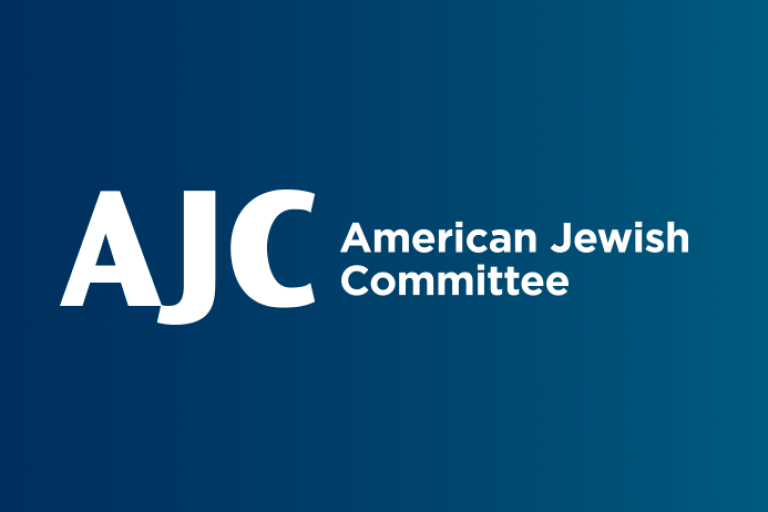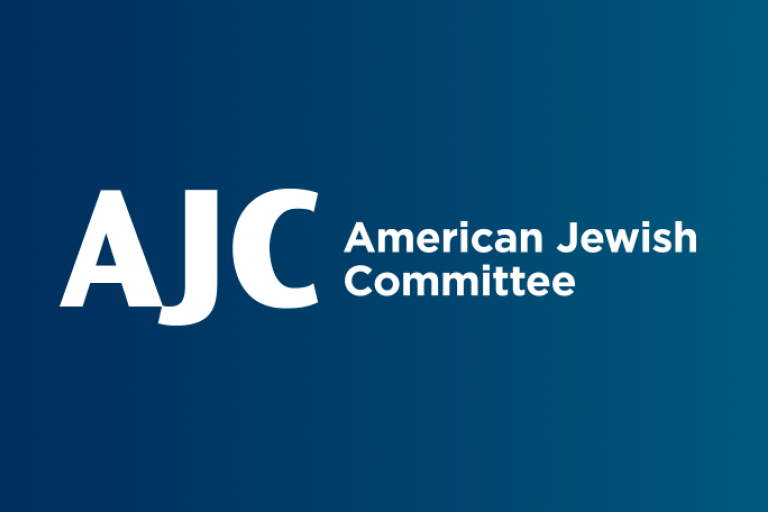These guidelines aim to assist K-12 school administrators in public and private schools in preparing for and addressing student protests and walkouts in ways that balance students’ rights to express their views with the need to ensure all students are safe and included in their educational environment.
Introduction
Current events in Israel, Gaza, and the Middle East, including the ongoing conflict between Israel and Hamas, marked by the Hamas terrorist attack on October 7, 2023, have led to heightened tensions in the U.S., particularly in educational settings. While students have the right to exercise free speech, school administrators have the responsibility to prioritize and ensure student safety by establishing, communicating, and enforcing rules regarding walkouts and protests. Schools should apply such policies uniformly to all groups and students, both those participating in walkouts/protests and those who are not.
Context
- Community Impact: Members of the Jewish community are deeply affected by the ongoing conflict, experiencing trauma due to the violence, including the killing, rape, and taking of hostages, and the physical destruction of entire towns and neighborhoods in Israel. This has heightened feelings of insecurity among Jewish students, who report increased bullying, harassment, and antisemitism both in-person and online. After Hamas attacked Israel on October 7, 2023, the FBI reported a 60% increase in hate crime cases targeting Jews in the US.
- Nature of Protests: While student-led walkouts may claim to be raising awareness around humanitarian issues halfway around the world, many protests propagate antisemitic rhetoric, which isolates and threatens Jewish students right here and does nothing to help alleviate the suffering of those impacted by the current war. Such activities disrupt learning (at best) and exacerbate tensions within the school community and between groups of students.
Legal Considerations
- School Attendance: Students do not have the legal right to walk out of school. Unexcused absences, including walkouts, are subject to the same consequences as other truancies. If there is a walkout, the school is required to continue all classes as planned.
- Free Expression: Students may express their views so long as they are not discriminatory or overtly antisemitic and do not substantially disrupt school operations. Students participating in walkouts should have clear consequences if their actions violate school codes of conduct.
- Political Neutrality: Public school facilities cannot serve as public forums for political expression. Students should learn in a politically neutral environment. Employees should refrain from advancing their own personal political views while in the classroom, on school grounds, or when conducting official school business. Schools and employees should avoid the impression of endorsing any particular political perspective or point of view.
- Title VI: Title VI ensures that students in educational institutions that receive federal funding are not subjected to discrimination based on their religion or national origin. This federal law promotes an inclusive academic environment by safeguarding the rights of all students to access educational opportunities without bias.
Administrative Actions
- Review and Communicate Policies for Students: Review your school's policies to ensure they are current, clearly communicated to students, staff, and parents, and universally applied to all students and student groups. Everyone must understand what is allowed and the consequences of participating in a walkout.
- Clarify and Communicate Policies for Staff: Educators, administrators, and staff should not use their positions to influence, organize, endorse, or facilitate political protests or walkouts. In many public school systems, such activity is forbidden.
- Proactively Communicate with Parents and the Wider Community: It is critical to share information and maintain open lines of communication about your policies and how they will be enforced. Explain the school's approach, the measures being taken to ensure safety for all students, and the continuity of education.
- Safety Planning: Ensure the safety of all students, whether they choose to participate in the walkout or not. If necessary, coordinate with local law enforcement to manage traffic and public safety concerns.
- Bullying and Inclusion: Schools should maintain and enforce a zero-tolerance policy towards bullying, harassment, antisemitism, Islamophobia, and other forms of hate. Implement appropriate security measures to safeguard all students, particularly those who might be targeted due to their identity. Ensure that all students feel a sense of belonging, regardless of ethnicity, national origin, religion, or political views.
Education and Dialogue
- Educate the school community about the impact of certain slogans and chants used during protests that affect the perceived safety and inclusion of Jewish students. Administrators should proactively inform students about language that is considered antisemitic, biased, or unacceptable during protests. Use AJC's Translate Hate glossary, which shows how antisemitic tropes, words, and symbols are often concealed in everyday language.
- Encourage dialogue among students to foster understanding and respect for differing opinions. Consider organizing forums where students can express their views - and listen to the views of others - in a structured and moderated environment.
For questions, further guidance, or to report any issues, please contact education@ajc.org.


